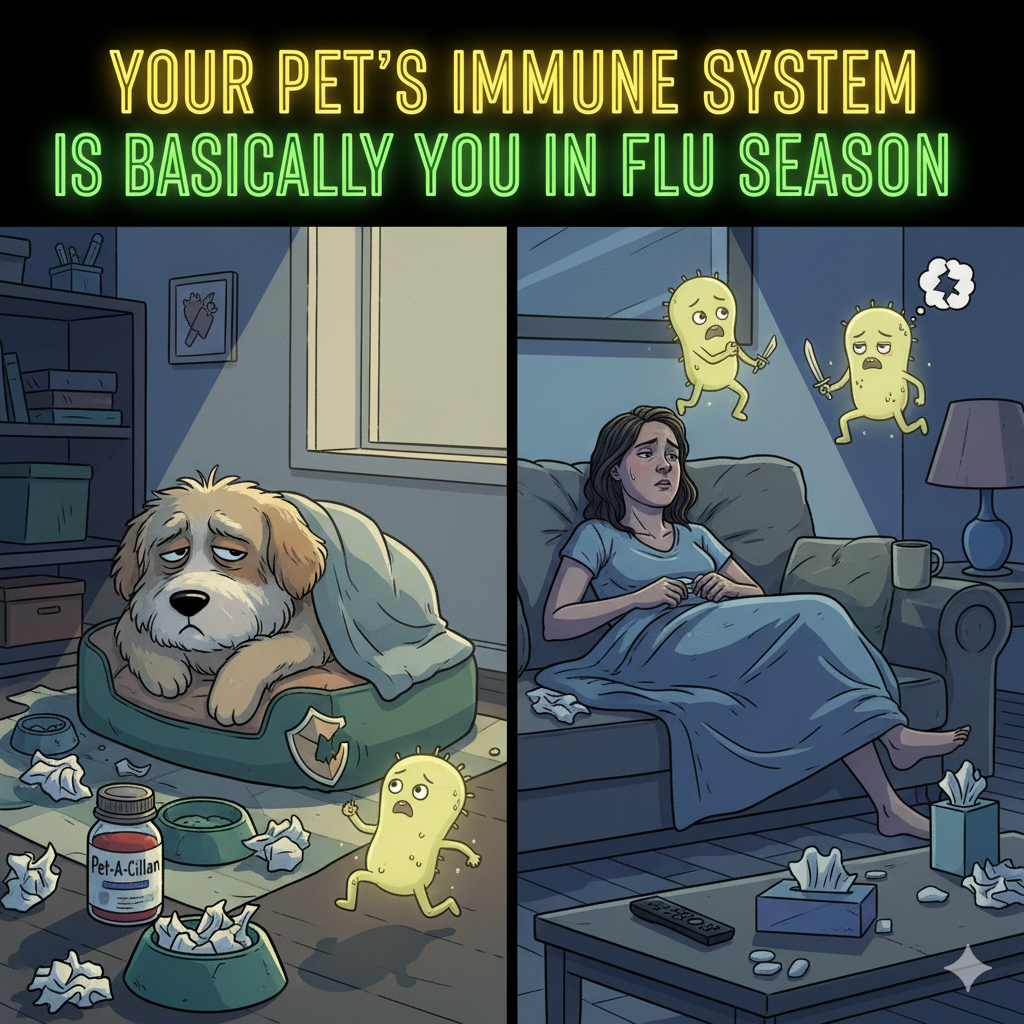Small dogs may be tiny in size, but their nutritional needs are just as important as those of larger breeds—sometimes even more so. From choosing the right diet to setting the perfect small dog feeding schedule, understanding what and when to feed your furry friend can make all the difference in their overall health and lifespan.
In this guide, we’ll explore the best foods for small dogs, the science behind small breed dog portion sizes, and how to build a healthy feeding routine for puppies, adults, and seniors. Whether you’re a first-time pet parent looking for feeding guidance or an experienced dog owner, this blog will give you the expert-led, practical advice you need.
Why Small Dogs Need a Different Feeding Approach
Small dog breeds have faster metabolisms compared to larger dogs. This means they burn calories more quickly and require nutrient-rich meals in smaller portions. Because of their size, overfeeding or underfeeding can have an immediate impact on their health.
According to veterinarians, a proper small dog feeding schedule ensures balanced energy levels, prevents obesity, and supports healthy digestion.
Key reasons small dogs require specialized feeding:
- Higher energy needs per pound of body weight.
- Smaller stomachs, meaning they can’t eat large meals at once.
- A tendency toward dental issues, making food texture important.
- Risk of hypoglycemia (low blood sugar) if not fed on time.
Best Foods for Small Dogs
Choosing the right food is the foundation of a healthy small dog feeding schedule. Below are some top recommendations based on breed size, age, and nutritional needs.
1. Best Dry Dog Food for Small Breeds
Kibble formulated for small breeds has smaller bite sizes and is packed with nutrients. Look for high-quality proteins, healthy fats, and vitamins. Avoid artificial additives.
2. Healthy Homemade Meals for Small Dogs
Homemade meals, when planned with a vet or pet nutritionist, can be great for your dog’s health. Lean meats like chicken or turkey, brown rice, and vegetables such as carrots or green beans make excellent balanced meals.
3. Grain-Free Dog Food for Small Dogs
If your dog has grain sensitivities, grain-free options can prevent digestive upset. However, always consult your vet before switching to grain-free diets.
4. High Protein Dog Food for Small Breeds
Protein is essential for muscle development, especially in active dogs. Select foods with at least 25–30% protein from real meat sources.
5. Best Wet Food for Small Breed Dogs
Wet food is softer, making it ideal for picky eaters or dogs with dental issues. It can also be mixed with dry food for variety.
6. Natural Dog Food Options for Small Dogs
Organic and minimally processed dog foods avoid artificial preservatives and fillers, supporting overall wellness.
Small Dog Feeding Schedule by Age
A well-structured small dog feeding schedule depends heavily on your pet’s life stage. Puppies, adults, and seniors each require different approaches.
Puppy Feeding Schedule for Small Breeds (2–12 months)
Puppies grow rapidly and need more frequent meals.
- 2–4 months: 4 meals per day
- 4–6 months: 3 meals per day
- 6–12 months: 2–3 meals per day
Ensure the food is high in protein and calories to support development.
Adult Small Dog Feeding Schedule (1–7 years)
Adult dogs should maintain steady weight and energy levels.
- 2 meals per day (morning and evening) is ideal.
- Include occasional healthy treats but avoid overfeeding.
Senior Small Dog Nutrition Tips (7+ years)
Older dogs may have slower metabolisms and reduced activity.
- 2 smaller meals per day with easily digestible proteins.
- Add supplements for joint health if recommended by your vet.
Small Breed Dog Portion Sizes
One of the most common mistakes small dog owners in the U.S. make is guessing their dog’s food portions. Overfeeding can lead to obesity, while underfeeding can cause malnutrition.
Example guideline:
- 3–6 lbs: 1/3 to 1/2 cup per day
- 7–10 lbs: 1/2 to 3/4 cup per day
- 11–15 lbs: 3/4 to 1 cup per day
Always adjust portions based on activity level, health status, and the food’s calorie content.
Creating the Perfect Small Dog Feeding Schedule
Here’s a sample daily plan for a healthy small dog feeding schedule:
| Time | Meal Type | Portion Size |
|---|---|---|
| 7:00 AM | Dry kibble + fresh water | 1/2 cup |
| 1:00 PM | Small wet food serving | 1/4 cup |
| 7:00 PM | Dry kibble + vegetables | 1/2 cup |
You can also adjust for your dog’s specific needs, such as higher protein intake for active breeds or softer food for seniors.
Tips for Transitioning Dog Foods
If you’re changing your dog’s diet, transition gradually over 7–10 days to avoid digestive upset.
- Days 1–3: 75% old food, 25% new food
- Days 4–6: 50% old food, 50% new food
- Days 7–10: 25% old food, 75% new food
- Day 11 onward: 100% new food
Special Considerations for Puppies and Seniors
- Puppies: High-calorie, protein-rich diets are vital. Follow a puppy feeding schedule for small breeds to support growth.
- Seniors: Focus on joint support, digestive health, and lower calories while maintaining protein levels.
Healthy Treats and Snacks for Small Dogs
While your main small dog feeding schedule should focus on balanced meals, treats are great for training and bonding.
Healthy options include:
- Small apple slices (no seeds)
- Cooked sweet potato chunks
- Low-fat cheese cubes
- Commercial small-breed training treats
Limit treats to no more than 10% of daily calories.
Vet-Recommended Diet Plans
Pet owners seeking vet-recommended diet plans for small breeds should have their dog’s health evaluated annually. Bloodwork, weight monitoring, and dental checks can help customize a diet.
Your vet might also recommend foods that cater to working dog food needs if your small dog is particularly active in sports or agility training.
Hydration is Just as Important
Small dogs should have access to fresh, clean water at all times. Dehydration can happen quickly due to their small body size, especially in warm climates.
Common Feeding Mistakes to Avoid
- Free-feeding without portion control.
- Feeding human junk food.
- Skipping meals.
- Ignoring dental health when selecting food texture.
Conclusion
A thoughtful small dog feeding schedule paired with high-quality nutrition is the key to keeping your small breed healthy, active, and happy. From natural dog food options for small dogs to best wet food for small breed dogs, every choice you make impacts your furry friend’s wellbeing.
Whether you have a playful puppy, a lively adult, or a wise senior, tailoring their diet to their life stage ensures they get the right nutrients in the right amounts.
Dog lovers interested in healthy nutrition for small breeds can rest assured that following these guidelines will give their pet a long, joyful life.





